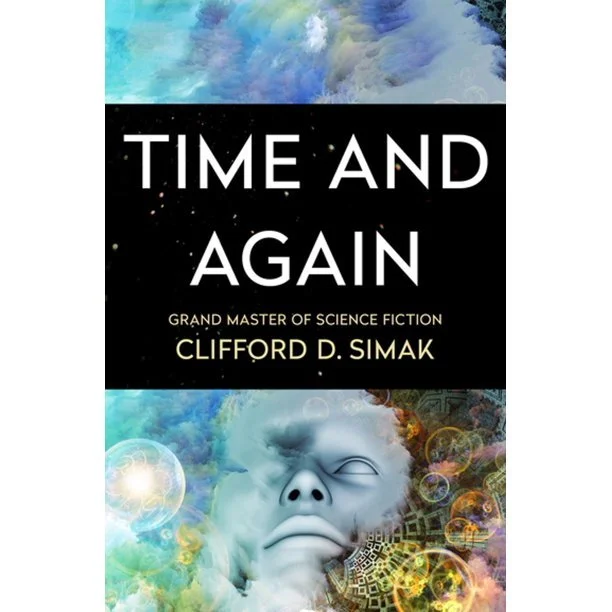Quentin Tarantino's "ONCE UPON A TIME IN HOLLYWOOD" (novel)
Book review by Dennis D. McDonald
The novel differs somewhat from the movie:
The movie’s ending occurs early in the book.
We get to know a lot more character backstory, especially about stuntman Cliff.
The book’s timelines jump around a lot more than the movie’s.
Certain things are the same:
How characters’ personalities are portrayed are pretty much the same between the book and the movie. In fact, it’s almost impossible to picture the book’s two main characters as being portrayed by anyone other than Leonardo DiCaprio and Brad Pitt.
The 1960s Hollywood/LA media scene infuses both the book and movie with layers of visual detail that extend beyond cars and clothes to include music, hairstyles, billboards, storefronts, even the beer on tap at local bars.
The snappy dialogue and how it propels the story. (One reviewer of the novel compared it to Elmore Leonard‘s dialog; I don’t think that’s far off.)
One thing that comes across loud and clear for both the novel and the movie is how sympathetically the characters are portrayed. We’re talking Tinseltown where reality is fake, and vice versa. The people do seem real, not just Rick’s insecurities about a decline in his career, but other details like Cliff’s dark history (which is really dark), Sharon Tate‘s simple joy at hearing people laugh at her on-screen pratfalls, and Squeaky’s verbal harangue at Cliff’s concern for old and blind Warren Spahn.
The mixing of fact and fiction is seamless with much more (real) detail about the TV and movie business present in the book. I remember seeing many of the TV shows mentioned here while I was a kid. Tarantino really does bring their production by human foible-ridden characters to life.
What’s missing from the book (as it was from the movie) is the social turmoil of the times. We do get a peek at the times via Rick and Cliff’s contempt for the “hippies“ infesting LA streets while the war in Vietnam is all but ignored.
Maybe that’s how it was in 1969’s LA. Or maybe Tarantino is using the Manson subplot as a stand in for the forces tearing America apart back then. Tarantino is dreaming in Technicolor here. Maybe avoiding the true portrayal of the Manson murders is his way of emphasizing the “dream factory“ aspect of movie making. I can’t fault him for that. I love the movies, too.
Review copyright (c) 2023 by Dennis D. McDonald








